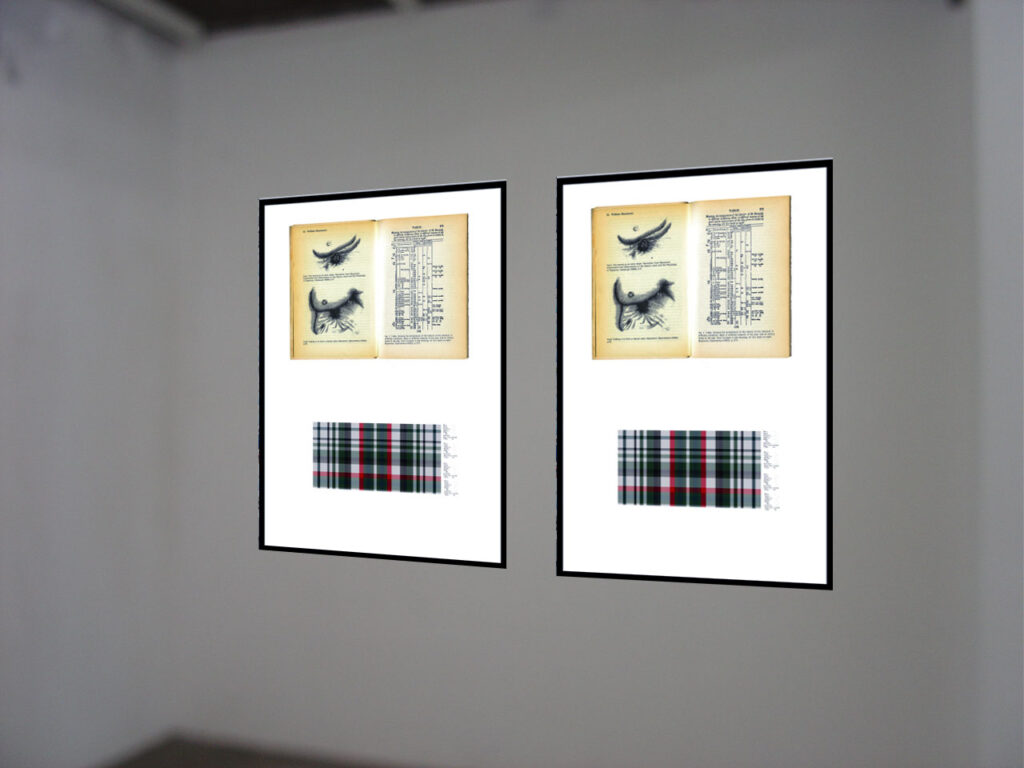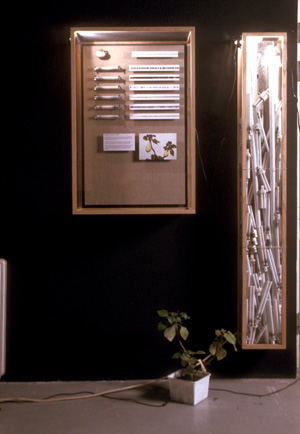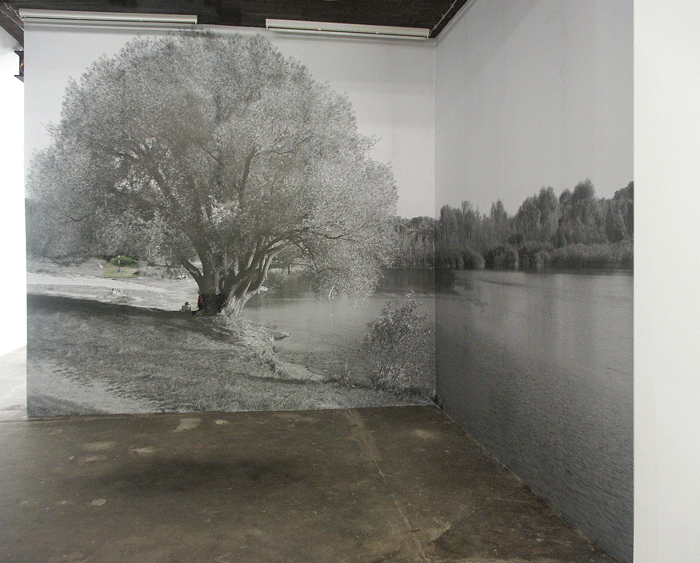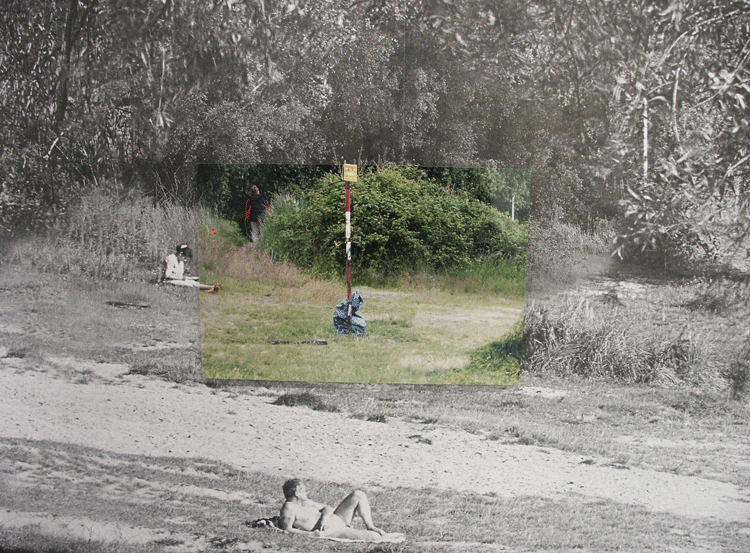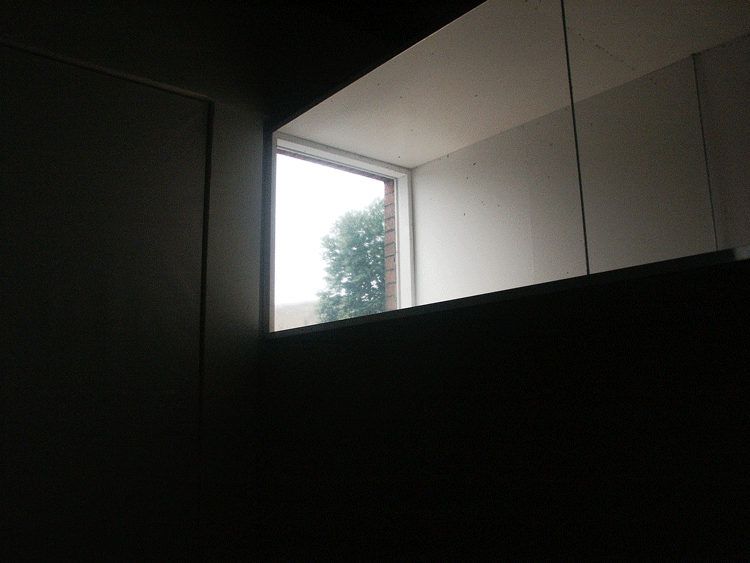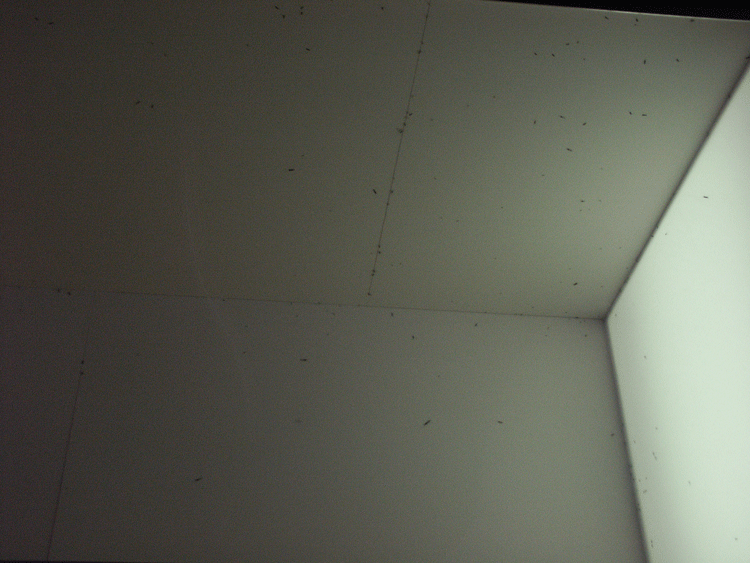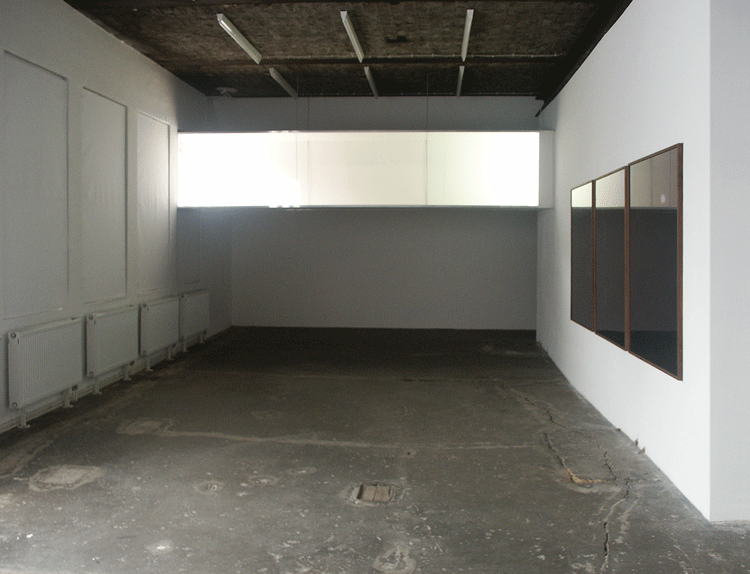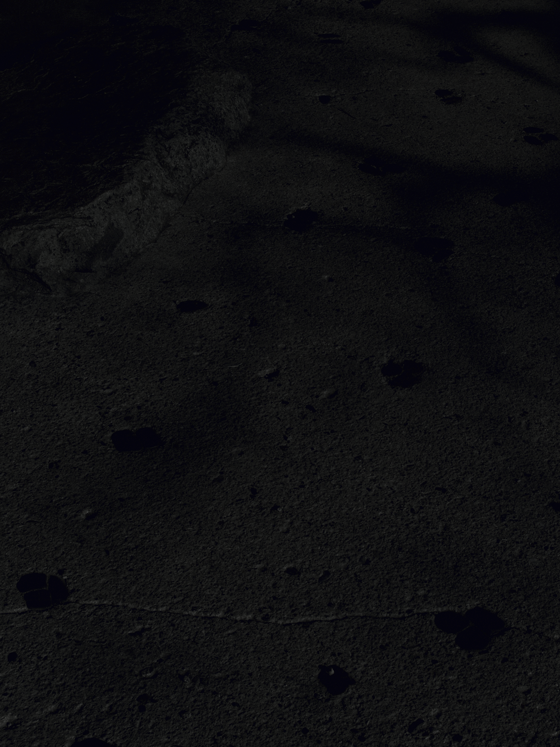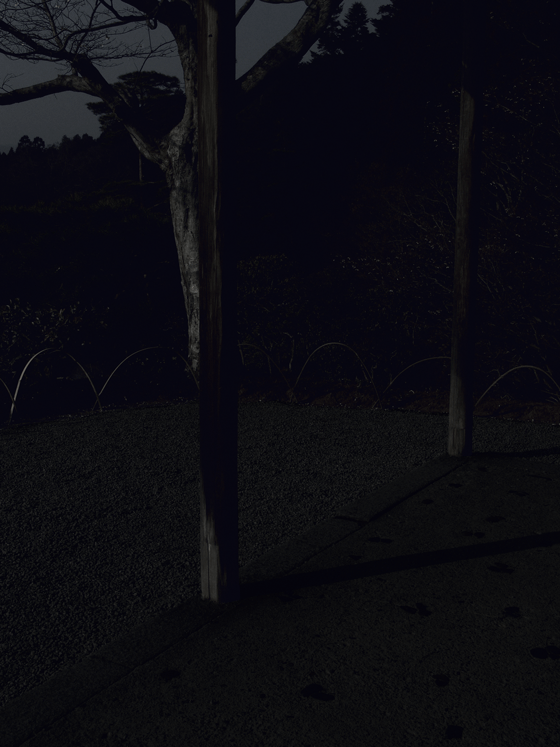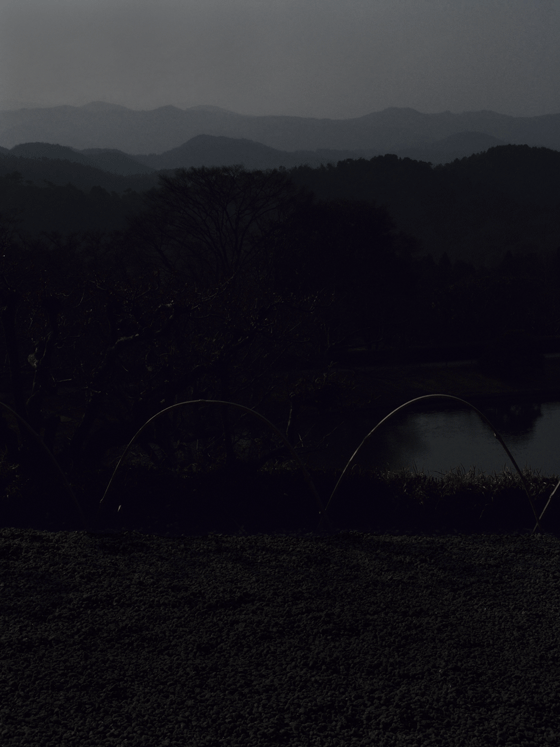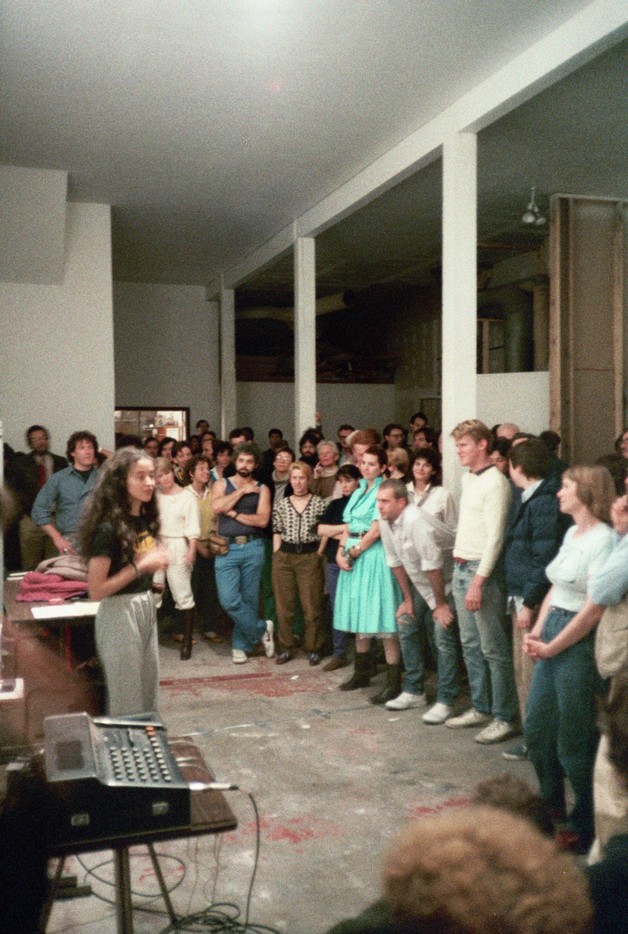Living Registration
| Tuesday November 21 th – Tuesday, December 19 th 2006 Opening reception: Saturday, November 18 th , 18 – 21h BüroFriedrich, Berlin, is pleased to present the show Living Registration with installations, reliefs, paper and sound works of South-African artist James Beckett. Beckett scrutinizes the historical origins of technical standards and focuses on the ‘naivety of the historical moment’ – a moment in history, where the private story of the individual and the historicity of our systems of representation collide. The parasitic use of information and its transposition into alien – visual or acoustic – systems are an attempt to test the potential of various languages to hold information. In this sense Beckett’s work can be seen as a modern interpretation of Alfred Jarry’s Pataphysics, a 19th century parody of the theory and methods of modern science that often developed a scientifically precise but nonsensical language. To measure the surface of God – for example – was one of the pataphysical projects. In a museum-like display Beckett presents a grotesque history of standardization.In a site-specific installation, designed especially for BüroFriedrich, Beckett presents his own technical language of purposeful but function-less registration: a hybrid of Braille and Morse codes for the interpretation of the train traffic, which passes above the gallery’s arches.The opening will also be the official launch of Beckett’s personal tartan, produced and registered in Scotland. The Scottish fabric has developed through centuries, representing districts, families and clans, in this way functioning as a key or index of sorts. For this exercise, the artist uses a table of digestive results lifted from the work of William Beaumont (1785-1853) “Father of Gastric Physiology”, who was offered access to the workings of the stomach when a patient of his was accidentally shot in the stomach. The artist takes the findings of the physician and transposes them into image, hence translating stomach behavior into tapestry or pattern.In an additional series of drawings, Beckett uses the graphic language of Monkhouse and Wilkinson to present a perspective on traffic flows, information gathered over several years of automatic car counts on various national roads. The development of the profile demands the reduction of source material to absolutes by means of constant comparison in relation to averages: “In any communication one is challenged to find the most efficient means of representation, a means of description, which inevitably becomes a filter in itself. Information is scaled and blown out of proportion, lost through lack of resolution.”The exhibition will close with a concert to be held in the MünzClub on December 19th, a feature of the N-Ensemble of Holland , a production of the N-Collective. This piece is a transformation of early scientific rabbit experiments into sound.Beckett has exhibited in various African, Asian and European countries. This will be his third European solo-show. Further details available at www.jamesbeckett.tk This exhibition is made possible by: The Netherlands Foundation for Visual Arts, Design and Architecture |
